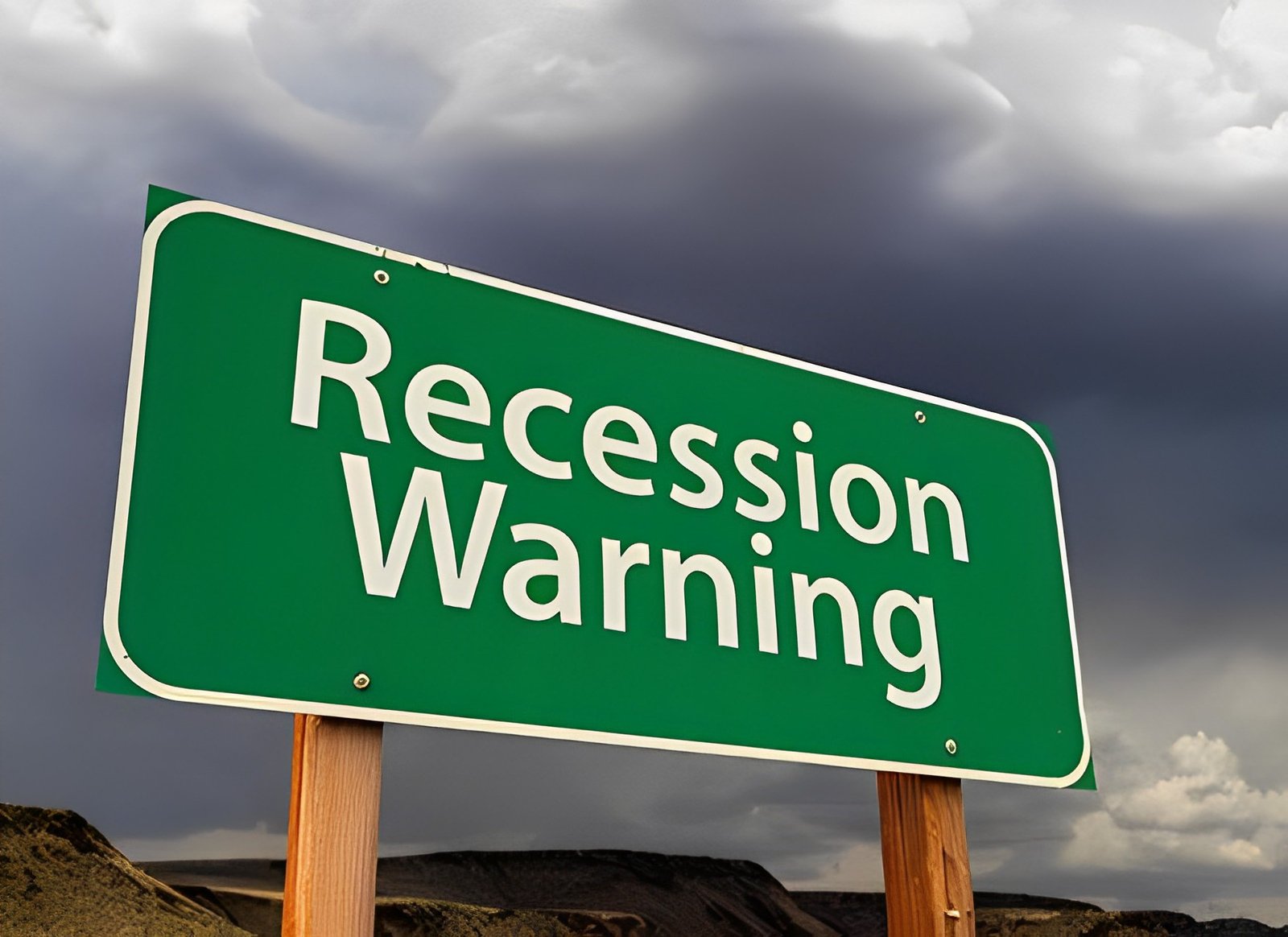The earnings challenges of U.S. firms are likely to continue beyond the unsatisfactory fourth quarter, as the expanding labor market, which drags on margins, is anticipated to have a negative influence on performance in the first quarter of this year.
Credit Suisse predicts that both the first and second halves of 2022 will be the worst profit quarters since the conclusion of the last recession 24 years ago.
A further loss in the first quarter of 2023 would place the S&P 500 in the so-called profits recession, a period of successive earnings declines not seen since COVID-19 devastated corporate performance in 2020.
According to IBES statistics from Refinitiv, 344 of the S&P 500 firms have already announced its fourth-quarter results, and it is projected that profits for the quarter would be 2.8% lower than the same time in the prior year.
Analysts anticipate a 3.7% year-over-year reduction in S&P 500 profits in the first quarter of 2023, followed by a 3.2% year-over-year decline in the second quarter.
Jonathan Golub, chief U.S. equities strategist and head of quantitative analysis at Credit Suisse Securities in Nyc, said, “It is evident that the pace at which the 2023 numbers are decreasing is not usual.”
The weakening profit outlook strengthens the argument for investors who feel the stock market’s early-year surge is unlikely to continue, adding to concerns about just how much the Federal Reserve would need to raise interest rates to combat inflation’s rising tendency.
The S&P 500 saw its worst weekly percentage fall since mid-December, while the index is still over 7% higher for the year.
Analysts at Morgan Stanley, including U.S. equities strategist Michael Wilson, stated in a research released on Monday, “The reality facing stocks is that monetary policy remains in restrictive territory in the backdrop of an earnings recession that has already commenced in earnest.”
Recent results and expectations from some of the most highly weighted technology firms, including Alphabet GOOGL.O, Amazon.com AMZN.O, and Apple AAPL.O, were among the most dismal during earnings season.
Golub and other analysts note a rigid labour market that is pressuring firm margins as the key cause of the drop in profitability, and they anticipate that these costs will stay longer than some other pressures.
The most recent U.S. employment report for January, which reported accelerated job growth and the lowest unemployment rate in 53 and a half years, has offered support for this position and sparked fears that strong job growth may result in future rate rises from the Federal Reserve.
In response to surging inflation, the central bank enacted the most severe policy restriction since the 1980s last year.
Golub added, “From the aspect of revenue, everything are going great.” “Then, you question about the issue. From exceedingly high levels, the margins are declining.” The healthy labor market, which impacts on margins, is predicted to have negative influence on first-half corporate profits.
The expectation of a decrease in U.S. profits in the first and second quarters is due to weaker-than-expected fourth-quarter results for 2022, which Credit Suisse estimates will be the worst non-recessionary earnings season in the last 24 years.
A decrease in the first quarter of 2023 might trigger a so-called earnings recession for the S&P 500, which has not happened since COVID-19 decimated corporate profits in 2020.
Golub said, “From a revenue perspective, they’re doing well.” “Therefore, you ask, what is the problem? Extremely high margins are deteriorating.”











































Comment Template